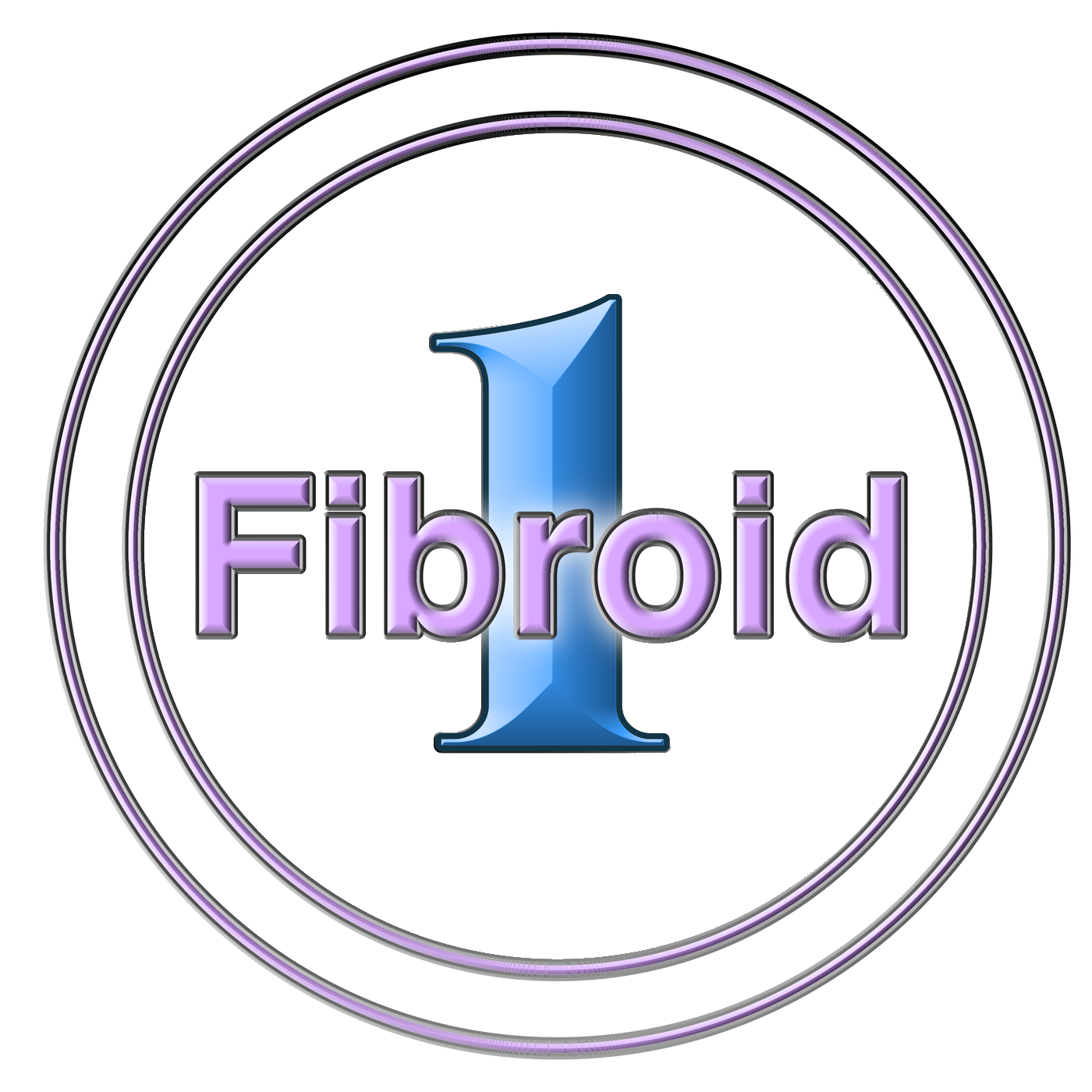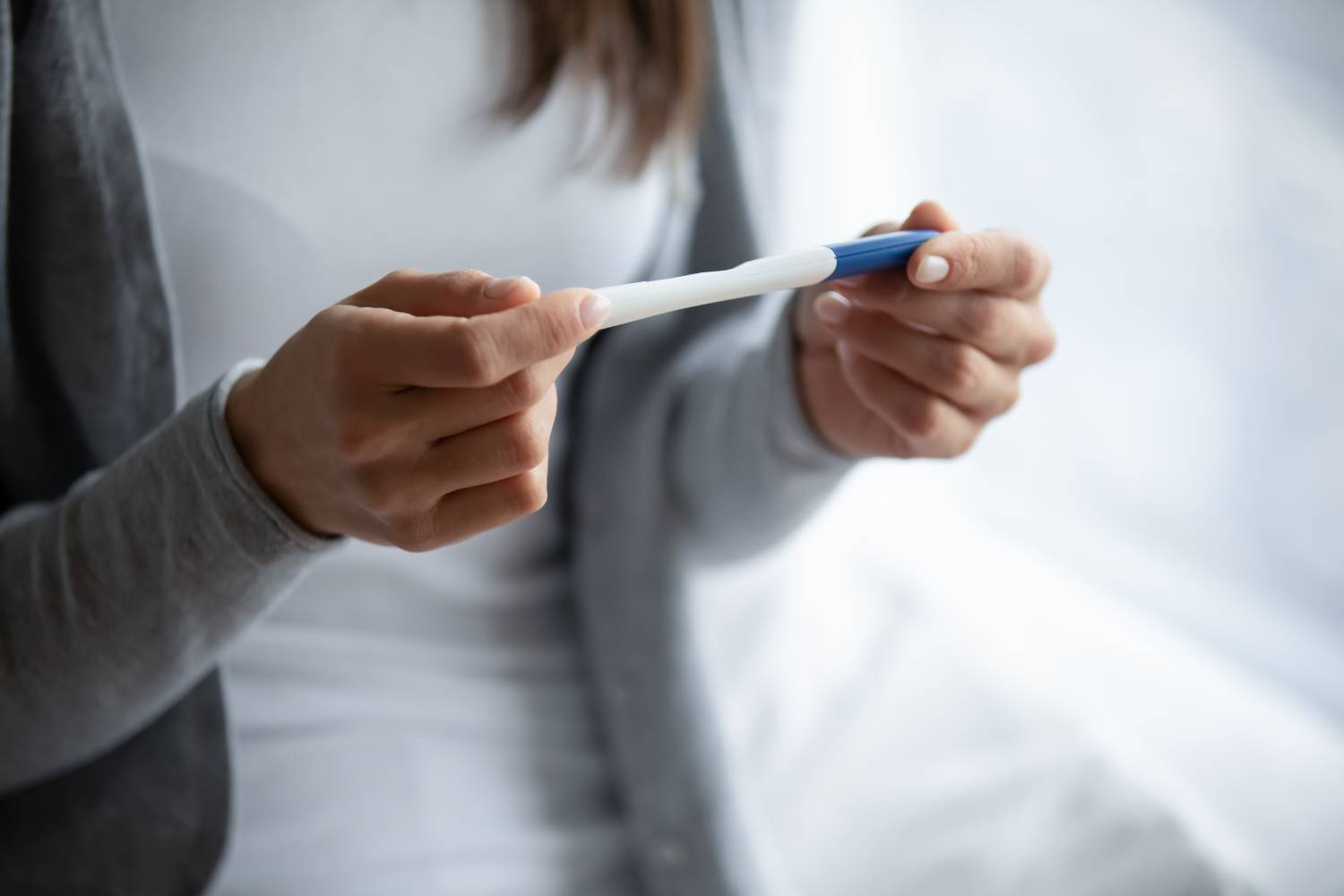Uterine fibroids develop within the smooth muscle of the uterus. Also known as myomas, these benign tumors are the most frequent growths found in premenopausal women. Almost 40% of all women over the age of 30 are living with fibroids. However, they can occur at any age and are more frequently found in African women. There are numerous types of fibroids presenting with a range of symptoms. In addition to heavy bleeding and abdominal pain, they can also impact fertility.
Understanding The Development of Fibroids
Fibroids are known to develop in the presence of estrogen, meaning they become less common as menopause approaches and begins. Consequentially, those who enter menopause later, or have higher levels of estrogen, are more prone to developing this condition. There are multiple types of fibroid, with three forms being the most common. These three types are as follows:
- Intramural Fibroids: These fibroids are found within the muscle wall of the womb.
- Subserosal Fibroids: These form outside the muscle wall, growing towards the pelvis.
- Submucosal Fibroids: These develop directly beneath the endometrium and can extend into the uterine cavity.
All fibroids have the potential to either be pedunculated, separate from the uterine tissue or attached to it directly. Along with the symptoms mentioned above, they can also impact the ability of the sufferer to get pregnant.
Infertility is considered to be present when a year or more of unprotected sexual intercourse fails to lead to pregnancy. Women who menstruate irregularly, have endometriosis, have previously experienced sexually transmitted disease, are over the age of 35 or have fibroids are at increased risk of infertility. There are a few possible reasons that fibroids impact fertility, including:
- Hindrance of Implantation – Fibroids can create barriers to the movement of the sperm and egg through the reproductive system. This can inhibit the two from ever meeting or may make implantation difficult if the egg should become impregnated.
- Reduction of Necessary Cytokines – Glycodelin and IL-10 are two cytokines that are involved with implantation and the development of the embryo. When submucosal fibroids are present, their levels are reduced.
- Influencing Contractions – Fibroids have been shown to influence the uterine contractions and lead to the uterus becoming inflamed. This inflammation is suspected of interfering with egg implantation.
In addition to impacting the possibility of getting pregnant, fibroids can also make it difficult to carry the child to term. As a result, those living with fibroids may experience significant struggles when attempting to conceive and start a family.
How Your Fibroid Specialist Can Help
Reaching out to your fibroid specialist can provide you with treatment options that can help improve your chance of conceiving. Uterine fibroid embolization, or UFE, is one such method. With this minimally invasive treatment for fibroids, it’s possible to remove them without removing healthy uterine tissue. Unlike surgical approaches, such as a hysterectomy, this helps improve the possibility of bearing children. If you’re working to start a family but are living with uterine fibroids, reach out to your specialist to get help today.












